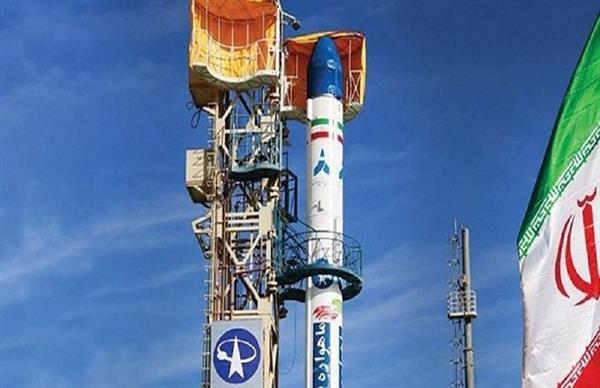
Tehran - Saba:
Iran announced Saturday that it will launch two domestically-made satellites to survey agricultural lands, forests and mountains, via a Russian "Soyuz" carrier rocket, from the Russian "Vostochny" space base.
The Iranian News Agency "IRNA" reported that "Kawthar" and "Hudhud" satellites, which began to be designed in 2019 and were recently unveiled, will be launched early next Tuesday morning.
The agency explained that "Kawthar" satellite, which weighs 30 kilograms, has a lifespan of approximately three years in orbit. The satellite's color imaging range is 15 kilometers and its imaging rate is 6 frames per second, and it is suitable for use in agriculture, land surveying and real estate surveying.
Hudhud satellite weighs 4 kilograms has an orbital height of 500 kilometers, and has an orbital life of four years. It is used in agriculture, land surveying, transportation and environmental services.
The major advantage of Hudhud satellite is its ability to provide Internet of Things (IoT) services, with international coverage and in remote areas, forests and mountains.
Iran announced Saturday that it will launch two domestically-made satellites to survey agricultural lands, forests and mountains, via a Russian "Soyuz" carrier rocket, from the Russian "Vostochny" space base.
The Iranian News Agency "IRNA" reported that "Kawthar" and "Hudhud" satellites, which began to be designed in 2019 and were recently unveiled, will be launched early next Tuesday morning.
The agency explained that "Kawthar" satellite, which weighs 30 kilograms, has a lifespan of approximately three years in orbit. The satellite's color imaging range is 15 kilometers and its imaging rate is 6 frames per second, and it is suitable for use in agriculture, land surveying and real estate surveying.
Hudhud satellite weighs 4 kilograms has an orbital height of 500 kilometers, and has an orbital life of four years. It is used in agriculture, land surveying, transportation and environmental services.
The major advantage of Hudhud satellite is its ability to provide Internet of Things (IoT) services, with international coverage and in remote areas, forests and mountains.